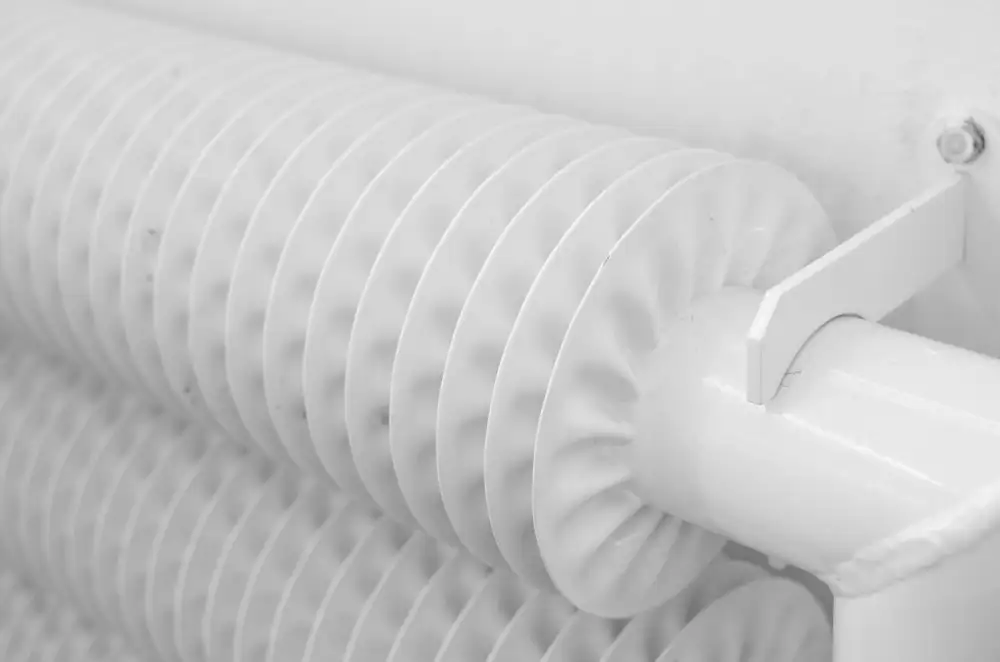Master the Art of Cleaning a Cast Iron Pan: Essential Tips for Home Cooks

A cast iron pan is a beloved kitchen tool that can last for generations if properly cared for. However, many home cooks are unsure of how to clean and maintain their cast iron pans, leading to potential damage and diminished performance. In this article, we will explore the essential tips for cleaning a cast iron pan, ensuring its longevity and preserving its artistry in the culinary world. By following these steps, you can master the art of cleaning a cast iron pan and continue to enjoy its exceptional cooking capabilities for years to come.
Gather the Necessary Supplies
To properly clean a cast iron pan, it is important to gather the necessary supplies. First and foremost, you will need a soft sponge or brush that is specifically designated for cleaning your cast iron pan. It is crucial to avoid using abrasive materials that could damage the surface of the pan. Additionally, you will need hot water and a towel for drying the pan thoroughly. Lastly, be sure to have a bottle of cooking oil on hand for seasoning the pan after cleaning. With these supplies at your disposal, you will be well-equipped to master the art of cleaning a cast iron pan.
Step 1: Allow the Pan to Cool Down
After you finish cooking with your cast iron pan, it's important to allow it to cool down completely before attempting to clean it. This is because cleaning a hot pan can cause damage to the seasoning or even result in burns. So, resist the temptation to immediately wash the pan and give it some time to cool naturally. Once it has reached room temperature, you can move on to the next step of cleaning.
Step 2: Remove Excess Food Residue
After allowing the cast iron pan to cool down, it's time to remove any excess food residue. Start by using a stiff brush or a plastic scraper to gently scrape off any stuck-on bits of food. Be careful not to use anything too abrasive that could damage the surface of the pan. If there are stubborn bits that won't come off, you can add a little bit of water and heat the pan slightly to loosen them. Once you've removed as much residue as possible, move on to the next step in the cleaning process.
Step 3: Use Hot Water and a Soft Sponge
Once the cast iron pan has cooled down, it's time to start cleaning. Fill your sink with hot water and grab a soft sponge or brush. Avoid using abrasive scrubbers or steel wool, as they can damage the seasoning of the pan.
Gently scrub the surface of the pan with the hot water and sponge, focusing on any stubborn food residue. The heat will help loosen any stuck-on bits without damaging the pan. Be sure to clean both the inside and outside of the pan thoroughly.
If there are any particularly stubborn spots, you can use a nylon bristle brush or a non-metal scraper to gently remove them. Avoid using sharp objects that could scratch or scrape off the seasoning.
Remember to be gentle while cleaning to preserve the patina that develops over time and enhances the non-stick properties of your cast iron pan. Rinse off all soap residue before moving on to the next step.
Step 4: Avoid Using Soap
When it comes to cleaning a cast iron pan, one important rule to remember is to avoid using soap. Soap can strip away the seasoning on the pan, which is the layer of oil that gives it its non-stick properties and prevents rusting. Instead, opt for hot water and a soft sponge to gently scrub away any remaining food residue. The hot water will help loosen any stuck-on bits without compromising the seasoning. Remember, a well-seasoned cast iron pan only gets better with time and use, so skip the soap and enjoy the natural flavors that develop over time.
Step 5: Dry Thoroughly
After cleaning your cast iron pan with hot water and a soft sponge, it is crucial to dry it thoroughly. Leaving any moisture on the surface can lead to rusting. To ensure complete drying, use a clean cloth or paper towel to wipe away any remaining water. You can also place the pan on a stovetop burner set to low heat for a few minutes to evaporate any lingering moisture. Remember, a completely dry pan is essential for maintaining its longevity and preventing rust formation.
Step 6: Apply a Thin Layer of Oil
After thoroughly drying your cast iron pan, it is essential to apply a thin layer of oil to protect its surface and prevent rust. This step helps maintain the pan's non-stick properties and ensures its longevity.
To apply the oil, use a clean cloth or paper towel and pour a small amount of vegetable oil or any high smoke point oil onto it. Rub the oil all over the interior and exterior surfaces of the pan, including the handle.
Make sure to coat every inch of the pan with a thin layer of oil, as this will create a protective barrier against moisture and oxygen. It is crucial not to use too much oil, as it can become sticky or form a residue when heated.
Once you have applied the oil, heat your cast iron pan on low heat for about 5 minutes. This process helps the oil penetrate into the pores of the metal, creating a smooth and seasoned surface.
Remember that seasoning your cast iron pan is an ongoing process. Each time you cook with it, some of the seasoning may wear off. Therefore, after each use, it is recommended to reapply a thin layer of oil to maintain its protective coating.
By following this step, you will ensure that your cast iron pan remains in excellent condition for years to come, providing you with delicious meals and culinary delights.
Step 7: Store Properly to Prevent Rust
After cleaning and drying your cast iron pan, it's crucial to store it properly to prevent rust. The last thing you want is for your prized pan to become rusty and lose its functionality. To avoid this, make sure the pan is completely dry before storing it.
One option is to place a paper towel or cloth inside the pan to absorb any moisture that may be present. This will help keep the surface dry and prevent rust from forming. Another option is to lightly coat the pan with a thin layer of oil before storing it.
To do this, simply pour a small amount of oil onto a paper towel and rub it all over the surface of the pan, including the handle. This will create a protective barrier against moisture and prevent rust from developing.
Once you've applied the oil, store your cast iron pan in a cool, dry place. Avoid storing it in a humid environment or near sources of water, as this can promote rust formation.
By following these storage tips, you can ensure that your cast iron pan remains in excellent condition for years to come. So take care of your culinary investment and enjoy the longevity of your cast iron pan!
By following these essential tips for cleaning your cast iron pan, you can ensure its longevity and continue to enjoy its cooking benefits for years to come. Properly caring for your cast iron pan will not only maintain its non-stick surface but also enhance its flavor-enhancing properties. With a little effort and attention, you can master the art of cleaning a cast iron pan and savor the delicious results it brings to your culinary creations. So, go ahead and explore the artistry of food with confidence, knowing that your trusty cast iron pan is ready to serve you well. Happy cooking!
Published: 04. 02. 2024
Category: Home



